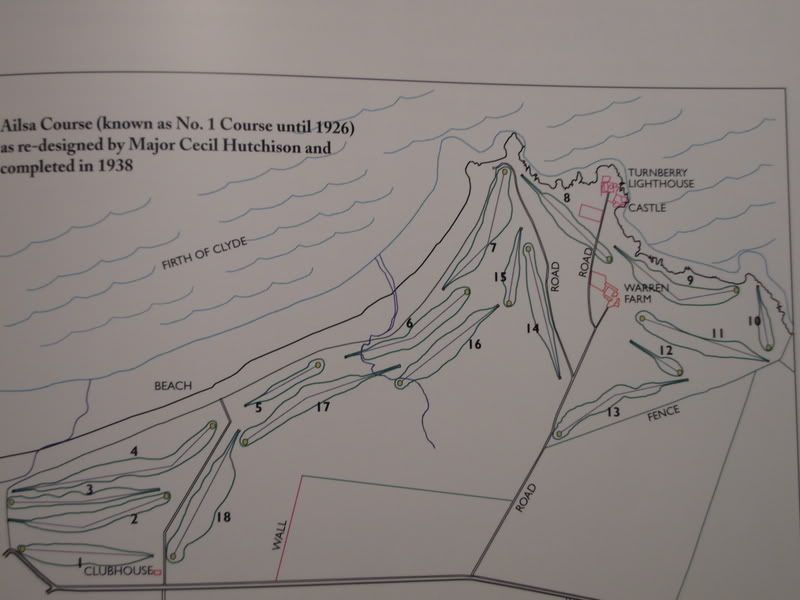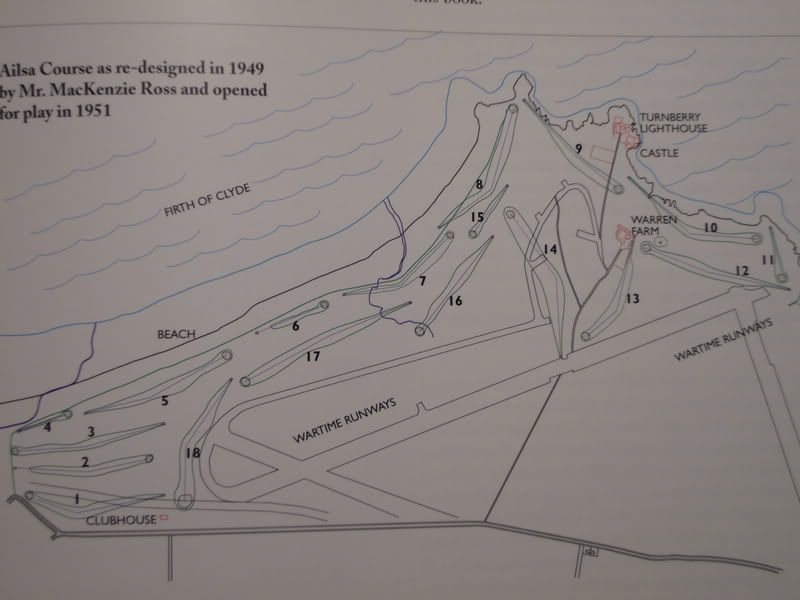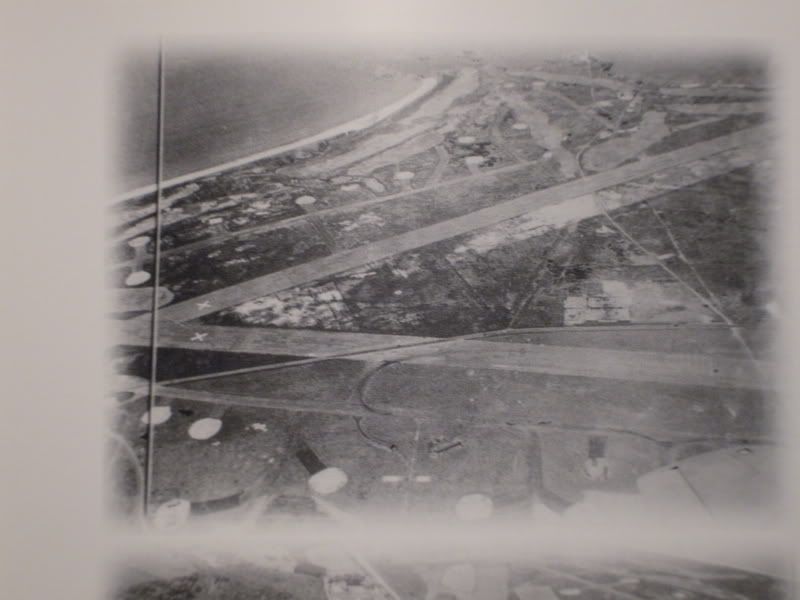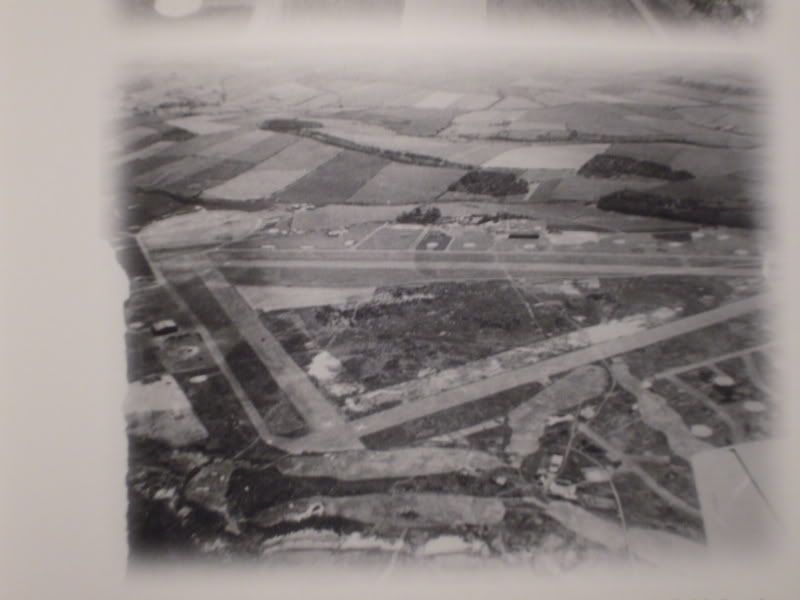Last summer, we had an interesting back and forth regarding the routing of the Turnberry Ailsa.
Hereís the link to that thread:
http://tinyurl.com/yj48qaIan Andrew and Tom MacWood (RIP) made a number of interesting comments and requests. I finally have received permission from the club to share pictures and graphics from the official history that pertain to the routing. A few questions regarding Mackenzie Rossís routing came up as a result of Donald Steelís comments.
Ian, I think the conclusion one draws from Rossís effort and routing is that he, too, might have seen stronger possibilities in the routing but might have been constrained by cost to work within the original frame of the Hutchinson course. Most surprisingly, much of that prewar course, despite many reports over the years to the contrary, actually survived the conversion to an airport! Given cost constraints, this probably cast the die for Ross to utilize as much of the prewar footprint as possible, even as he designed entirely new holes within that footprint.
Three line drawings from the book show the progression of the routing.
Here is the routing for the original Willie Fernie course, 1901 -- the wall must have made for quirky play. Note the similarities of this original routing to that which came later; it began lower left, then moved to the sea for a stretch of holes before turning inward for good:

Next, the Cecil Hutchinson Ailsa, completed in 1938 -- again, note the general routing similarities to the other versions, in particular the Ross (this version did stretch the course by approximately 600 yards):

Lastly, the Mackenzie Ross Ailsa, 1951 -- notice how the runways hemmed in this routing, perhaps unsurprising given the preservation of much of the pre-war routing and the daunting expense of recreating linksland in those areas:

A few comments:
1. As these WWII-time picture show (plus the second drawing above), the course was far from a total loss. I found this very surprising as most accounts describe it as such.


2. Ross utilized much of Hutchinsonís routing, probably for reasons of cost. In fact, the two routings look very similar. But, working within this apparent constraint, Ross did much, much more than restore: he moved the 8 and 10 greens to the shore, for example, and placed eight holes along the coast against Hutchinsonís six.
3. Steel in the club history notes Ross made many improvements on the original / previous design. Ross took the antebellum stream beds of the Hutchinson holes and carved out new holes with new greens. (It seems like you could make a case for some design credit to go to Hutchinson and even Fernie. But Steel believes full credit goes to Ross. Although Ross worked within Hutchinson's footprint, he writes the holes were almost entirely Ross's.)
Mark